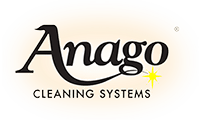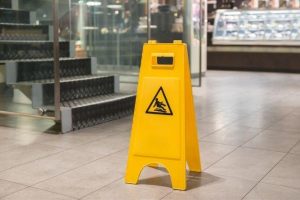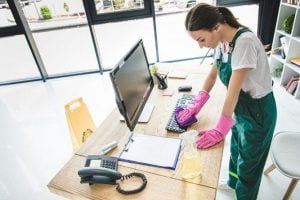The bathroom is one area where germs and bacteria really build up over time. This is a hot spot area that needs to be thoroughly cleaned on a regular basis to keep things sanitized for employees and guests alike. Many things can be done to limit the buildup of these germs, but you must know how to properly disinfect a bathroom.
How can you keep up with cleaning this area between commercial cleaning appointments? Here are some of our expert tips to keep your bathrooms sparkling:



 If you bring in a janitorial service to clean your office, you might be most concerned with their ability to clean the hot spots like your reception areas and bathrooms. These spaces make the biggest first impression on your clients, so it makes sense to start here. However, many business owners overlook the importance of cleaning the cubicles and the fabric walls.
If you bring in a janitorial service to clean your office, you might be most concerned with their ability to clean the hot spots like your reception areas and bathrooms. These spaces make the biggest first impression on your clients, so it makes sense to start here. However, many business owners overlook the importance of cleaning the cubicles and the fabric walls. 




